What secrets hide in Toledo’s beloved historical landmarks? While traveling through the city’s past, I ask myself about the stories lying in these iconic places. Fort Meigs, key in the War of 1812, and a statue for Commodore Perry show the city’s history. They highlight its cultural blend and critical moments.
Walking through Wildwood Preserve, I see a Georgian Colonial home. It reflects Toledo’s strength during the Great Depression and World War II. The churches, cathedrals, and neighborhoods like the Old West End speak of Toledo’s spiritual variety and lasting energy.
As I learn the tales of Toledo’s landmarks, I’m eager for more hidden stories. I invite you to explore Toledo’s history with me. Let’s uncover its rich past, one landmark after another.
Key Takeaways
- Toledo is a city rich in history, with iconic landmarks and sites that show its past.
- From Fort Meigs to Commodore Perry’s statue, Toledo’s landmarks reflect its culture and key times.
- The city’s churches and neighborhoods show its spiritual variety and lasting strength.
- Visiting Toledo’s landmarks lets you journey through its history’s vibrant tapestry.
- Places like Wildwood Preserve and the Old West End share Toledo’s resilience and challenges over time.
Unveiling Toledo's Rich Historical Tapestry
Toledo, Ohio, is a city with a long history of diverse influences. It was officially formed in 1837. Since then, it has grown into a bustling place, mixing different cultures and traditions.
A City Steeped in Centuries of Diverse Cultural Influences
Toledo is placed well by the Maumee River, attracting many people. It has seen various groups come and go, making its history rich with different cultural impacts.
Its glass industry has been big since the 1800s, and it’s known as “The Glass City.” Toledo now hosts many cultural celebrations. For example, the German-American Festival and events celebrating Latino heritage.
If you love the outdoors, Toledo has plenty to offer. You can fish or boat on the river, hike in local parks, and enjoy the Botanical Garden. The city is also known for its ties to the car industry, with the Jeep being a big part of its history.
Art lovers will enjoy Toledo’s museums and music. The Toledo Museum of Art and the Symphony Orchestra are world-famous. Toledo is also proud of its history, with efforts that led to it becoming a UNESCO World Heritage site.

Toledo’s landmarks are a mix of influences, from an ancient Arab fortress to historic synagogues. The food here reflects its Spanish roots, with dishes like paella being very popular.
Exploring Toledo’s iconic sites lets visitors dive into its many-layered history. They get to see how the city has evolved while keeping its unique charm.
Fort Meigs: Battleground of the War of 1812
Located in Perrysburg, Ohio, alongside the Maumee River, Fort Meigs is a key part of Toledo’s story during the War of 1812. It was built in 1813 and played a major role in the war, seeing important battles and sieges.
Fort Meigs covered a large area, about 62.25 acres. It was a strong fortress, able to hold up to 2,800 soldiers. The fort’s position protected Ohio from possible attacks by the British and Native Americans.
In May and July of 1813, the fort faced two big sieges. The first one saw its strength grow to 2,800 soldiers, showing its significance. Unfortunately, the second siege led to a terrible event known as “Dudley’s Massacre,” with many soldiers not making it back.
Despite this, Fort Meigs defended against the enemy and saved the area from invasion. Today, it tells the story of its brave defenders through exhibits and hands-on displays. It helps people truly understand what happened during the war.
Fort Meigs has been reconstructed and had a $6.2 million renovation. It stands as a living history of Toledo, welcoming visitors to learn about the War of 1812. This makes it a great place for both history lovers and those curious about the past.
There are many things to do at Fort Meigs, including reenactments, an on-site museum, and beautiful grounds. It’s a top pick for discovering Toledo’s history. No matter your interest, you’ll find something captivating and educational here.
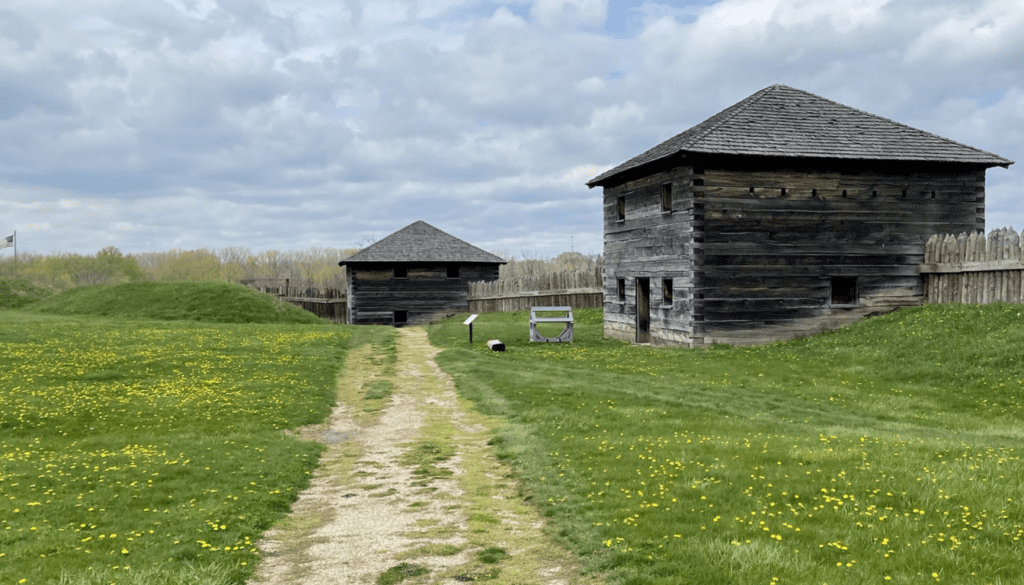
Other attractions near Fort Meigs include Fallen Timbers Battlefield Memorial Park, the Hayes Presidential Library & Museums, and the Glacial Grooves Geological Preserve. They add to the exploration of Toledo’s rich history.
Commodore Perry: Toledo's Namesake Hero
Commodore Oliver Hazard Perry is a hero from the War of 1812. He is closely linked to Toledo’s history. Perry fought in the Battle of Lake Erie and won a key victory. Because of this, the city changed its name to honor him. The city was first called Port Lawrence. A large statue of Perry now stands in Toledo. This statue is a way to remember his important role in the war and in Toledo’s story.
When people visit Toledo, they can learn about Perry and what he did. The statue helps them feel connected to the past. It reminds them of the people who have influenced the city.
The statue is a special place. It tells the story of how Perry helped change Toledo’s future. After winning at Lake Erie, his win was very important. Toledo renaming itself after Perry shows how much they respect and honor him.
| Fact | Statistic |
|---|---|
| Toledo has been voted more than once as an All-America City. | – |
| Toledo Zoo, started in 1900, houses 4,000 permanent animal residents and over 600 different species. | – |
| Toledo’s iconic historical landmarks include the Toledo Museum of Art, known for its fine permanent collection since 1901. | – |
| The Mud Hens minor-league baseball team plays at a downtown stadium, recognized as one of the finest minor-league ballparks in the country. | – |
Perry’s memory is very alive in Toledo. People there greatly honor his work. The statue stands as a reminder. It shows how remarkable people have shaped Toledo. Their stories are still inspiring.
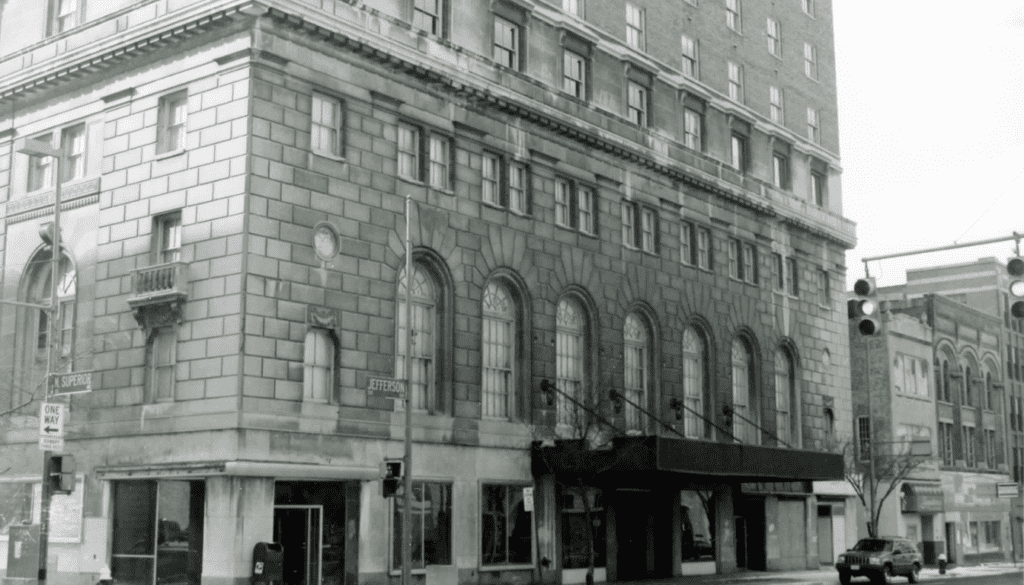
Battle of Fallen Timbers: The Northwest Indian War's Final Clash
The Battle of Fallen Timbers happened near modern-day Toledo, Ohio. It marked the end of the Northwest Indian War in a big way. American forces led by General Anthony Wayne fought against Native American tribes.
This included the Wyandot, Miamis, Shawnees, Ottawa, and Delaware. Its result was key in deciding the future of the region and the growth of the United States.
Monuments Memorializing a Pivotal Conflict
Today, the site of the Battle of Fallen Timbers is a national historic site. Here, visitors can see where the important battle took place. They can also learn about its big impact. This included a major win for the United States.
The monument at the site recognizes the battle’s importance. It shows how Toledo fits into the story of America’s westward movement. It also talks about the relationship between the country and the Native American tribes of the area.
The Maumee River has been a home for Native American groups from about 500 BC to 1100 AD. The conflict’s stage was set in 1785. That’s when the Northwestern Confederacy was formed to push back against the loss of their lands.
General Anthony Wayne’s 3,000 troops faced off with over 800 Native warriors. The battle, lasting less than two hours, was fierce. When it was over, the U.S. had a significant victory. But, many were lost from both sides.
The Treaty of Greenville in 1795 ended the war. The tribes gave up much of today’s Ohio to the United States. The Maumee River played a big role in the battle. It later influenced where settlements were made because of its importance for trade and defense.
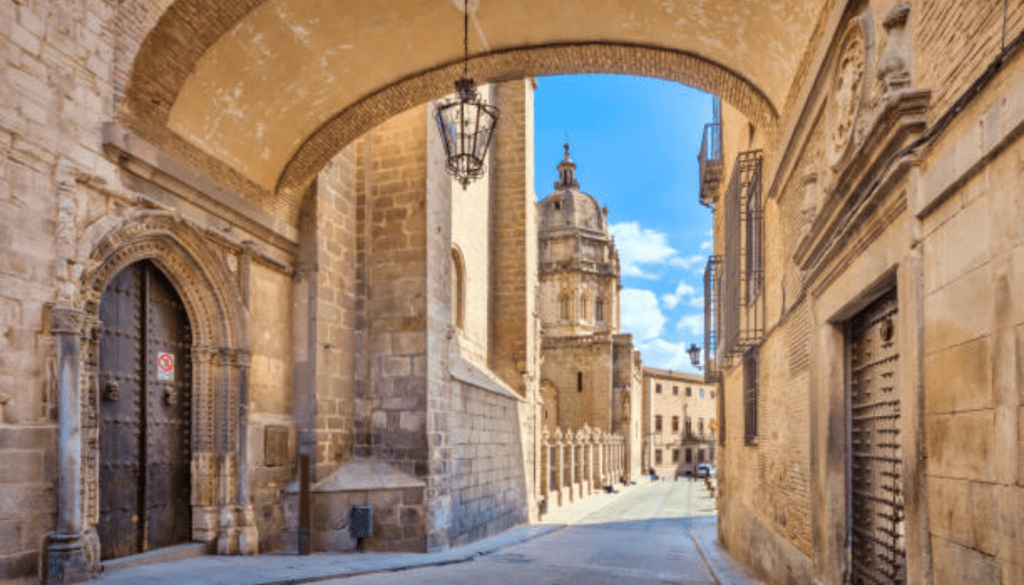
The Battle of Fallen Timbers changed Toledo’s future. The fight and what came after show how the area grew and the meetings between the U.S. and Native Americans. Monuments and sites in Toledo remember this important time, inviting people to learn about its effect on American history.
Wildwood Preserve: A Georgian Colonial Time Capsule
In Toledo, Ohio, within the lush grounds of Wildwood Preserve, a grand Georgian Colonial home stands. It’s a window into the city’s rich past. This architectural jewel survived the Great Depression and World War II. It shows Toledo’s strength during hard times.
Walking through the beautiful gardens towards the entrance, I feel amazed. The home’s design, with its special brick and Georgian features, makes me feel like I’m in the past. It’s living history, blending yesterday with today.
Inside, the house delights all the senses. From the detailed woodwork to the vintage furniture, it’s a journey through Toledo’s history. Each room shares stories of the city’s past, its people, and culture.
As I explore, I wonder about the families who lived here long ago. What were their lives like? The Wildwood Preserve tells Toledo’s story without words, showing its journey through time and challenges.
If you want to discover Toledo’s rich history, visit Wildwood Preserve’s Georgian Colonial gem. It’s not just a building. It’s a rare chance to connect with the city’s past, appreciating its resilience and heritage.
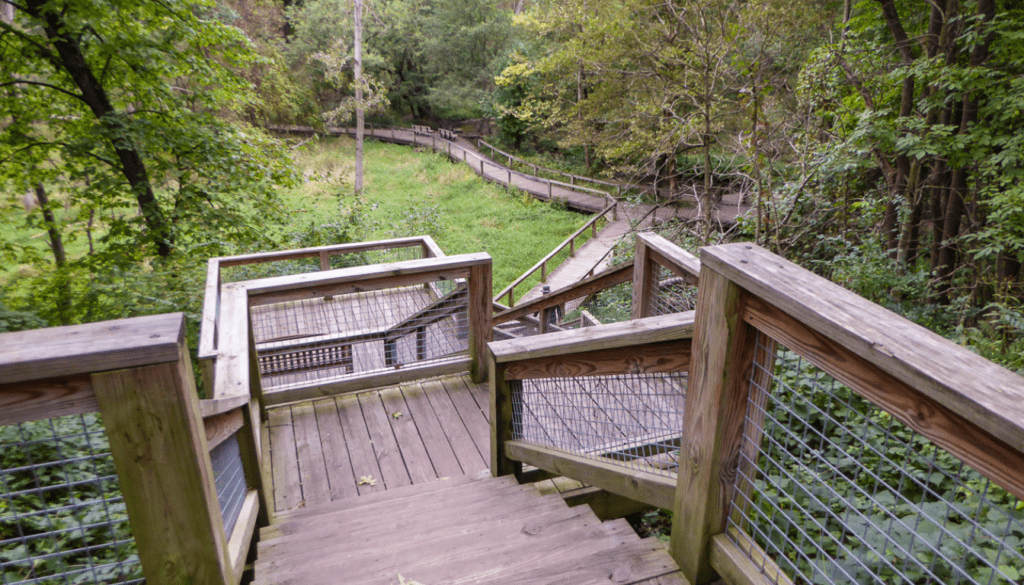
“Wildwood Preserve’s Georgian Colonial home is a true time capsule, transporting visitors back to a bygone era and offering a glimpse into Toledo’s resilient past.”
Churches, Cathedrals, and Sacred Sites
Architectural Marvels Reflecting Toledo's Spiritual Diversity
Toledo’s history shines through its various churches, cathedrals, and sacred spots. It’s a mix of spiritual places like the Queen of the Most Holy Rosary Cathedral to historic synagogues and mosques. These places link Toledo to many faiths and traditions. They’re not just pretty to look at; they’re community hubs too driving Toledo’s rich spiritual life. Visiting these places shows Toledo’s deep religious past and how faith still influences it.
The Toledo Cathedral, mixing Gothic and Mudéjar styles, reflects the city’s spiritual flair. It was built from 1226 to 1493. This cathedral is huge, measuring 120 by 59 by 44.5 meters. It’s known for its five naves and stunning architecture.
This cathedral tells a part of Toledo’s spiritual story. But Toledo has many more sacred places with their own stories. From old synagogues and mosques to big churches, you’ll see Toledo’s history and faith’s ongoing impact. Exploring these spots helps visitors truly appreciate Toledo’s spiritual and cultural past.
| Landmark | Architectural Style | Significance |
|---|---|---|
| Queen of the Most Holy Rosary Cathedral | Spanish Plateresque | Dedicated in 1931, seating 1,500 individuals |
| St. Patrick’s Church | Gothic | Dedicated in 1901, dimensions over 180 feet long, spire reaching 240 feet high |
| St. Stephen’s Church (Hungarian) | Romanesque | Built in 1914 at a cost of $93,500, accommodating 750 people |
| Good Shepherd Catholic Church | Romanesque | Completed in 1901, constructed of Amhurst blue sandstone |
| First Congregational Church | Eclectic | Founded in 1833, features a domed “Audience Room,” black walnut pews, and vibrant stained glass |
Whether you’re into the grand Toledo Cathedral or special Toledo sites, you’ll see the city’s spiritual heart. These buildings show more than just great design. They’re central to Toledo’s soul, keeping faith key in the city’s life.
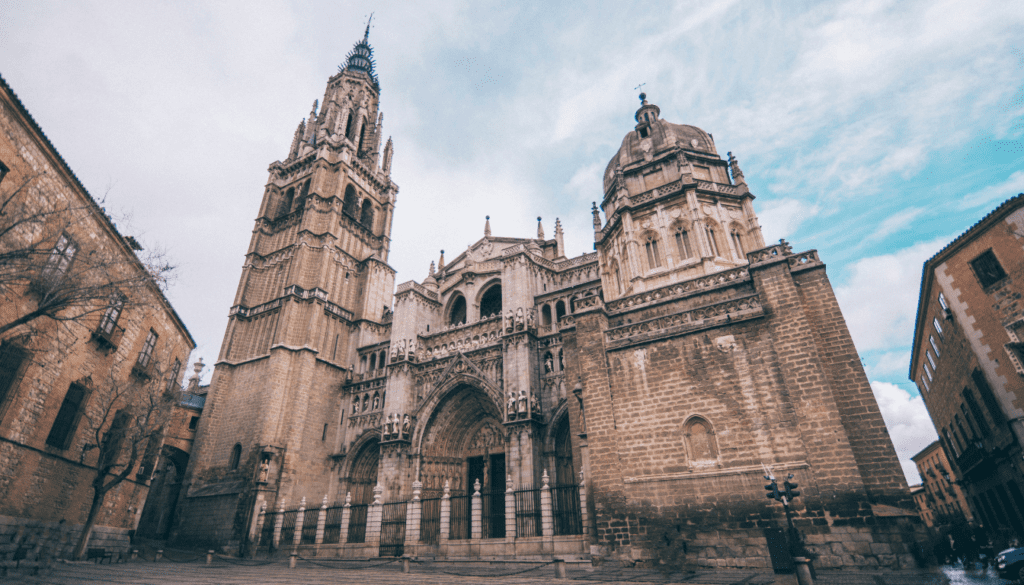
“Toledo’s cathedrals and churches are not merely buildings; they are living, breathing testaments to the city’s spiritual journey. Each one tells a story of faith, resilience, and the enduring power of the human spirit.”
The Old West End: A Neighborhood Frozen in Time
The Old West End is like a time portal in Toledo, Ohio. Walking its streets feels like going back in time, with amazing architecture from the late 1800s and early 1900s all around.
This area shows off Toledo’s history. It has well-kept old homes, churches, and more. Exploring here, you’ll see the beauty and history that make Toledo special.
This place mixes many architecture styles. You’ll find everything from big Victorian houses to cozy bungalows. Each building has a story to tell about Toledo’s history and its people.
| Historic Toledo Landmarks | Year Established | Current Status |
|---|---|---|
| Eppes Essen | 1939 | Closed in 1984 |
| Dyer’s Chop House | 1905 | Ceased operations in 1993 after 76 years |
| White Hut and Suzy-Q Donuts | 1950s | Declined by the late 1970s |
| Ted’s Hamburger Shop | Late 1930s | Operated until 2000 |
| Kewpee Hamburgers | Various locations | Now reduced to three in Lima |
Walking through the Old West End fills me with wonder. It’s a chance to experience Toledo’s past through its stunning buildings. The area’s rich history is clear in every nook and cranny.
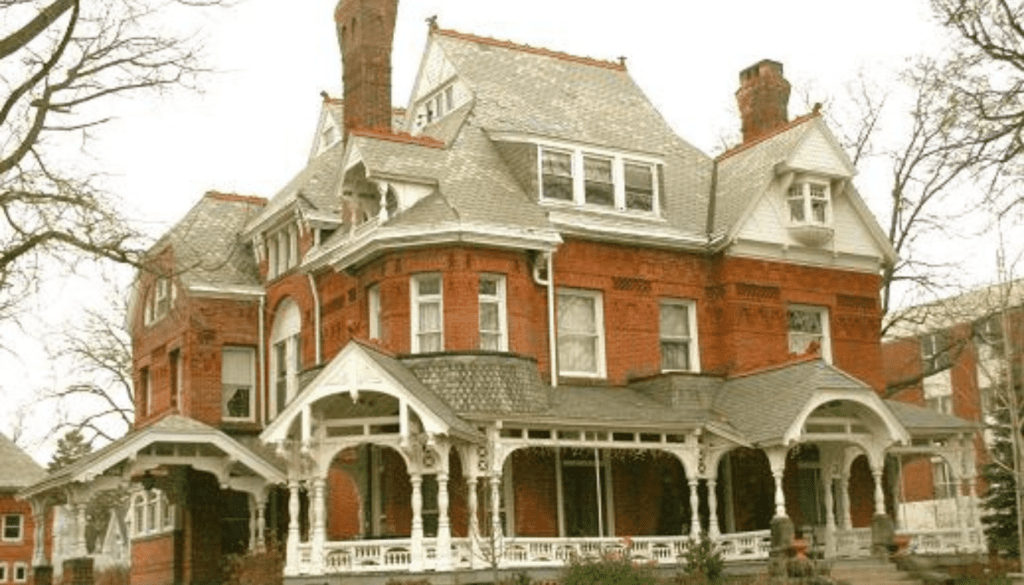
Taking in this neighborhood, I’m thankful for the people keeping its history alive. The Old West End acts as a living history lesson, showing how Toledo keeps moving forward while honoring its roots.
Historical Landmarks in Toledo: Unveiling the Past
Toledo is full of historical landmarks and sites that show the city’s past. Tourists can see Fort Meigs, an important place in the War of 1812. They can also visit a well-kept Georgian Colonial home in Wildwood Preserve. These places let people go back in time and experience Toledo’s history.
From Forts to Homes, Exploring Toledo's Living History
Visiting these Toledo historical landmarks helps tourists understand the city’s diverse culture and its journey through time. They can admire the beauty of Toledo’s churches and cathedrals. Or walk through the Old West End’s historic streets. Toledo’s historical sites show its rich past and the legacy it has left behind.
“Toledo’s historical landmarks offer visitors a chance to step back in time and immerse themselves in the city’s living history.”
The Toledo forts and historic homes reflect the city’s Toledo living history. They welcome guests to explore the deep layers of the past. Whether one is interested in grand architecture or tales of the past, Toledo’s historical sites celebrate the city’s strength and the spirit that defines it through the ages.
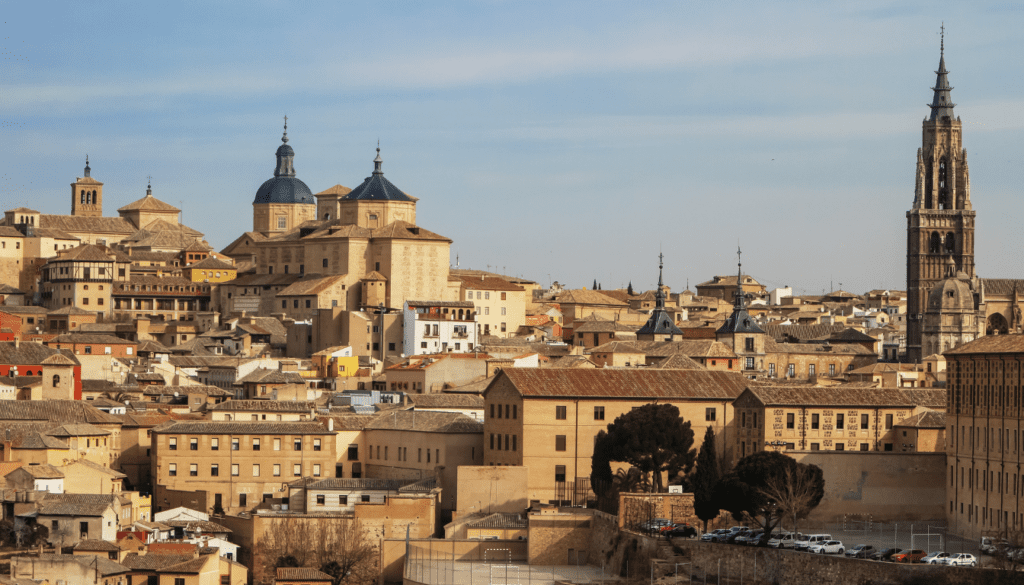
Toledo's Museum Mysteries
Beyond the iconic landmarks, Toledo’s museums are full of historical adventures. These places keep the city’s past safe. They show off Toledo’s role in key American events. And they share the stories that made Toledo what it is today.
Toledo’s Attic is a special project. Since 1995, its goal has been to save Toledo’s history. This online archive and community work has found many stories. They tell tales of Toledo’s glass-making peak and its part in the Civil War.
The city’s museums have so much to offer. The Toledo Museum of Art has more than 30,000 artworks. The American Civil War Museum of Ohio has interactive exhibits. And the Merry-Go-Round Museum has a ghost story. This all adds to the mystery and fun of Toledo’s past.
“Toledo’s museums are true treasure troves, revealing the city’s past in unexpected and oftentimes enigmatic ways. With each exhibit and artifact, we uncover new facets of Toledo’s rich heritage and the diverse stories that have shaped its identity.”
Exploring Toledo’s museums is a great way to learn its history. Whether it’s secrets of glass-making or spooky museum tales, they offer amazing stories. These tales take visitors on a fun and interesting journey through Toledo’s past and present.
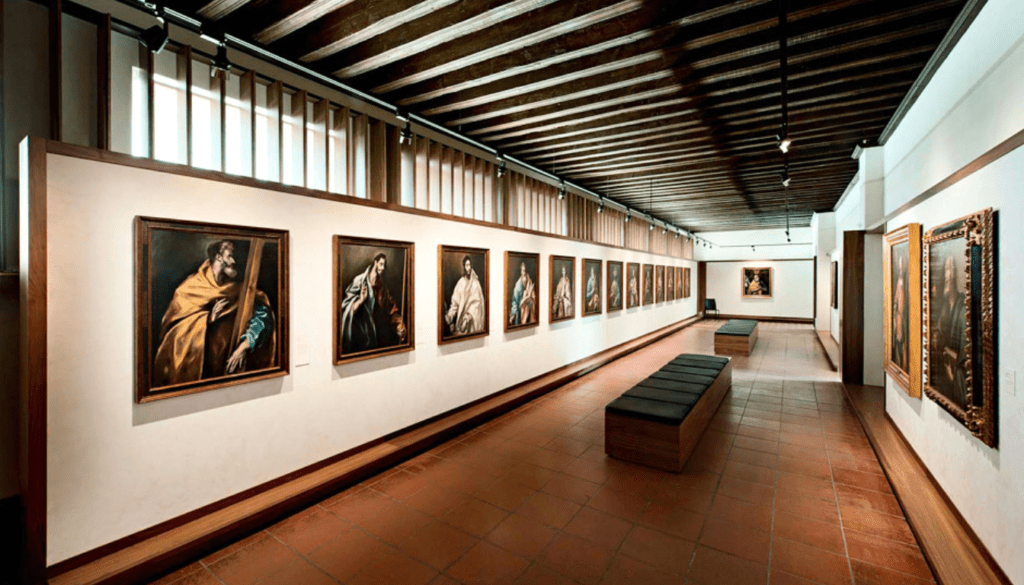
Paranormal Toledo: Haunting Tales and Ghostly Lore
Toledo is known as the “Glass City.” It has a history filled with tales of the paranormal. Visitors and locals love the stories of ghostly encounters at the city’s historical sites.
The Collingwood Arts Center, finished in 1905, is a spooky place. People have seen ghostly nuns and heard footsteps that can’t be explained.
The Toledo Yacht Club holds stories of its own. It’s said that George Carruthers, a past member, still visits. Many visitors have felt a strange presence there.
The Oliver House is a former hotel turned into venues. It has its share of ghost tales, including a ghost soldier called “The Captain.”
Love ghost stories? Take a tour of Toledo’s haunted spots. Visit Fort Meigs for a chance to see spirits at night. Or, the Wolcott House where spirits move things and open doors.
Are you intrigued by the supernatural? Toledo is full of haunted tales. Explore its historic sites to find out more. Who knows what you might discover in the shadows?
| Location | Paranormal Activity |
|---|---|
| Collingwood Arts Center | Ghostly apparitions, spectral nuns, eerie footsteps |
| Toledo Yacht Club | Ghost of former member George Carruthers |
| Oliver House | Numerous apparitions, including a soldier known as “The Captain” |
| Fort Meigs | Restless spirits walking the grounds late at night |
| Wolcott House | Playful spirits moving objects and opening doors |
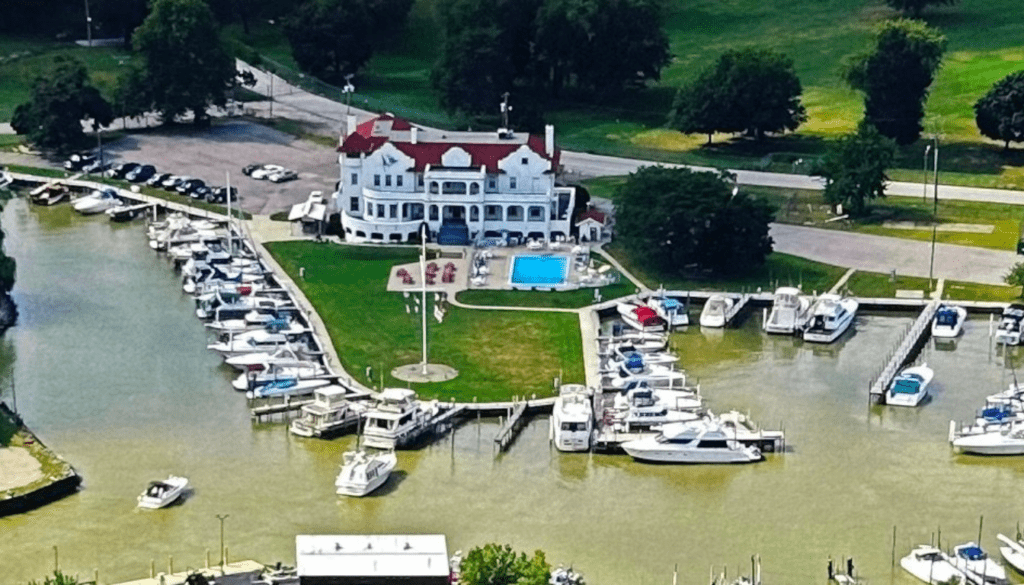
“Toledo’s historical landmarks and sites are not only repositories of the city’s rich past, but they also hold the potential for paranormal encounters and ghostly lore.”
Guided Tours: Bringing Toledo's History to Life
Do you want to dive deep into Toledo’s fascinating history? Guided tours are perfect. They’re filled with stories from local guides. You’ll explore important places like never before. These tours are a great way to understand Toledo’s history.
Expert-Led Explorations of the City's Iconic Sites
Joining a guided tour lets you unlock Toledo’s secrets. Travelers learn about the city’s culture and see its unique architecture. These tours transform a visit into a journey through time.
Want to explore Toledo’s rich cultural mix further? The Toledo: History of the Three Cultures Guided Walking Tour is for you. It shows how Christians, Muslims, and Jews lived together. You’ll visit landmarks and learn about each culture’s impact.
Expert-led tours are an exciting way to see Toledo. They share stories about famous places. This lets visitors deeply connect with the city’s history and culture.
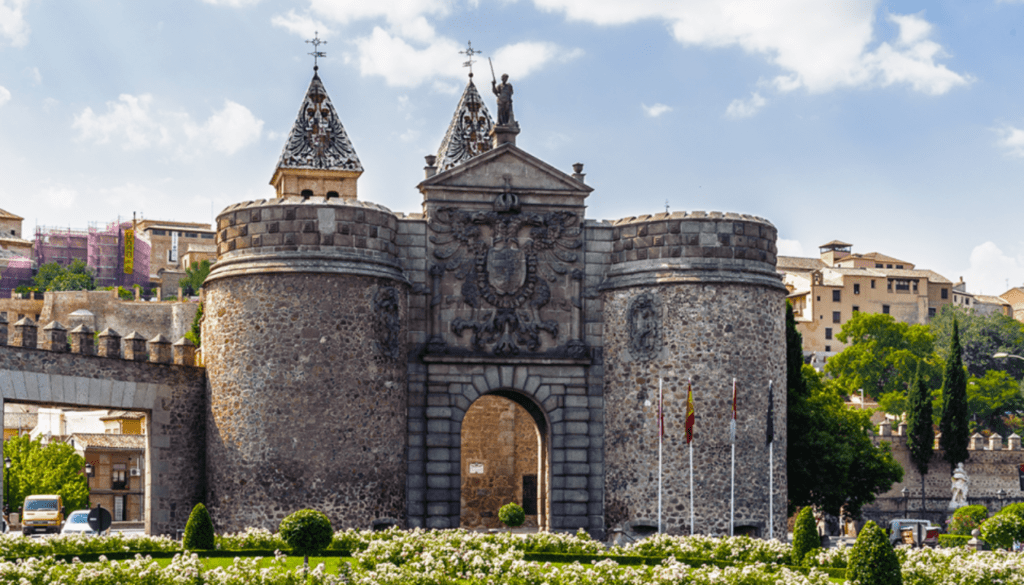
“Our family loved the guided tour in Toledo. The guide’s stories amazed our kids. It really brought the city’s history to life for us.”
Looking for a fun night out or family adventure? Toledo’s guided tours are great. They get high praise from visitors. These tours are a top choice for exploring Toledo’s history and charm.
Conclusion: A Journey Through Time in Toledo
Toledo has many famous old landmarks. These places show us Toledo’s interesting past. You can see Fort Meigs and a statue of Commodore Perry. These show Toledo’s part in important moments of history.
The city also has beautiful old buildings and neighborhoods. Places like churches and the Old West End show Toledo’s culture. They show the lasting impact of its past.
Toledo isn’t just about old buildings and stories. It also has museums and tales of the paranormal. This adds an extra exciting layer to its history.
People can explore Toledo’s stories by touring the city. They can learn about its important role in the War of 1812. Toledo has always been a strong city with stories that delight and inspire.
Visiting Toledo means going on a special historical trip. You can learn about its lively culture and past. Toledo’s sites welcome anyone who loves history or beautiful architecture. They offer a memorable trip through the city’s rich past.
FAQ
What are some of the most iconic historical landmarks in Toledo, Ohio?
Toledo’s iconic landmarks include Fort Meigs and a statue of Commodore Perry. You can also see the Battle of Fallen Timbers monument. The city has a well-kept Georgian Colonial home and many historic churches. It also has unique neighborhoods like the Old West End.
What is the historical significance of Fort Meigs in Toledo’s past?
Fort Meigs was important during the War of 1812, protecting the Maumee River. Today, a reconstructed fort and museum bring this history to life for visitors.
Who was Commodore Perry, and how is he connected to Toledo’s history?
Commodore Perry was a key figure in the War of 1812. His victory in the Battle of Lake Erie named Toledo after him. A statue in Toledo honors his important role.
What is the significance of the Battle of Fallen Timbers in Toledo’s history?
The Battle of Fallen Timbers was crucial in the Northwest Indian War, in Maumee. A monument now stands at the historic site, marking its importance and legacy.
What is the historical significance of the Georgian Colonial home at Wildwood Preserve?
Dating back to the Great Depression and World War II, this home shows Toledo’s strength over time. It’s a living part of the city’s history.
What can visitors discover when exploring Toledo’s historic churches, cathedrals, and sacred sites?
These sites highlight Toledo’s deep spiritual roots and beautiful architecture. They’re places of community and tradition, showing Toledo’s ongoing spiritual connections.
What makes the Old West End neighborhood in Toledo a unique historical destination?
The Old West End area showcases Toledo’s architectural beauty. It’s filled with historic homes and buildings, offering a glimpse into the city’s prosperous past.
What kind of historical mysteries and captivating stories can be found in Toledo’s museums?
Toledo’s museums are packed with stories and artifacts. They explore the city’s diverse past and cultural influences, revealing hidden tales of American history.
Are there any paranormal legends or ghostly encounters associated with Toledo’s historical landmarks?
Yes, tales of paranormal activity add mystery to Toledo’s historic places. Visitors can take ghost tours or explore these spooky sites on their own.
How can visitors best experience Toledo’s historical landmarks and sites?
Guided tours present Toledo’s history clearly and vividly. Local experts share stories and insights, making the city’s heritage come alive.


























